1. Blade Coating Technology and Its Impact on Shaving Comfort
In manual disposable razors, the blade coating plays a key role in achieving a smooth and irritation-free shave. Advanced coatings such as chromium, platinum, and Teflon are commonly used to reduce friction and extend blade life. Chromium increases corrosion resistance, platinum strengthens the edge for durability, and Teflon minimizes drag against the skin. The combination of these coatings determines how easily the razor glides over the face and how long it remains sharp. Manufacturers often optimize coating thickness and uniformity through precision vapor-deposition or electroplating processes, directly affecting both user comfort and product lifespan.
2. Handle Ergonomics and Material Selection
A well-designed handle significantly influences shaving precision and safety. Modern disposable razor handles use lightweight polymers combined with rubberized inserts for better grip, even in wet conditions. The handle’s balance point is carefully adjusted to provide natural control, reducing the likelihood of skin irritation caused by excessive pressure. In recent years, manufacturers have introduced eco-friendly bioplastics and recycled materials to replace traditional ABS, meeting both ergonomic and environmental standards.
3. Multi-Blade Alignment and Cutting Efficiency
The alignment of multiple blades determines how effectively hair is lifted and cut. Each blade is angled to progressively trim closer to the skin in a “lift-and-cut” mechanism. Misalignment can cause tugging or uneven shaving results. High-end disposable razors employ computer-guided blade stacking, ensuring uniform spacing and angle precision within microns. This technology enhances comfort while reducing the number of strokes required for a clean shave.
4. Lubrication Strip Formulations and Skin Benefits
Lubrication strips have evolved from basic glycerin-based designs to complex skin-care formulations. Modern strips may include aloe vera, vitamin E, or jojoba oil microcapsules that dissolve during shaving to soothe the skin. Some premium variants add menthol for a cooling sensation or hyaluronic acid for hydration. The release rate of these ingredients depends on the strip’s polymer matrix and the temperature of running water. This integration of skincare chemistry enhances the comfort of disposable razors far beyond their mechanical design.
5. Comparative Table: Blade Coating Materials and Performance
| Coating Material |
Key Function |
Performance Benefit |
| Chromium |
Corrosion protection |
Longer blade lifespan |
| Platinum |
Edge reinforcement |
Sharper and more durable cut |
| Teflon |
Friction reduction |
Smoother glide with less irritation |
6. Hygiene and Microbial Safety in Disposable Razor Production
Maintaining hygiene during production is essential to prevent microbial contamination. Factories often use clean-room environments and automated assembly lines to minimize human contact. Each blade undergoes ultrasonic cleaning and sterilization before packaging. Some manufacturers integrate antimicrobial agents into the plastic housing to reduce bacterial growth during use, extending freshness and user safety, especially for multi-day disposable razors.
7. Environmental Strategies for Disposable Razor Recycling
Although manual disposable razors are designed for short-term use, sustainability efforts are reshaping their life cycle. Collection programs allow users to send used razors to specialized facilities that separate metal blades from plastic handles. The recovered steel can be remelted for industrial use, while plastic components are often converted into composite materials for non-food applications. Some emerging products use biodegradable plastics and water-soluble lubricants to reduce landfill impact.
8. Innovations in Razor Blade Sharpening and Inspection
Cutting-edge sharpening methods use diamond-coated grinding wheels and precision-controlled angles to produce edges thinner than a human hair. Laser inspection systems verify sharpness consistency across thousands of blades per hour. Even microscopic imperfections are automatically rejected. This integration of smart manufacturing ensures that manual disposable razors meet high safety and performance standards without manual testing or sampling errors.


 ENG
ENG
 English
English Español
Español

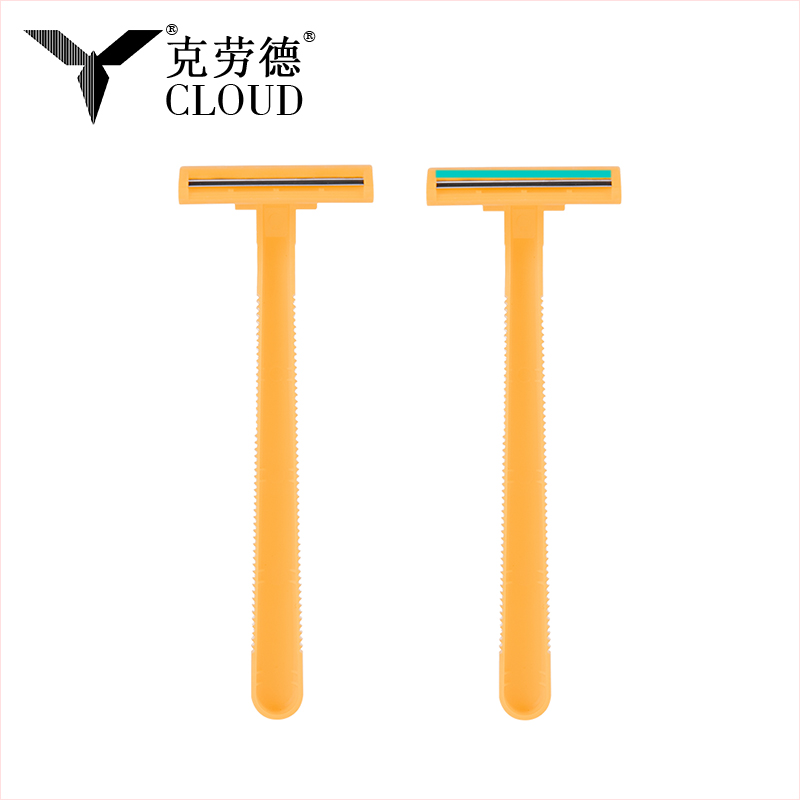
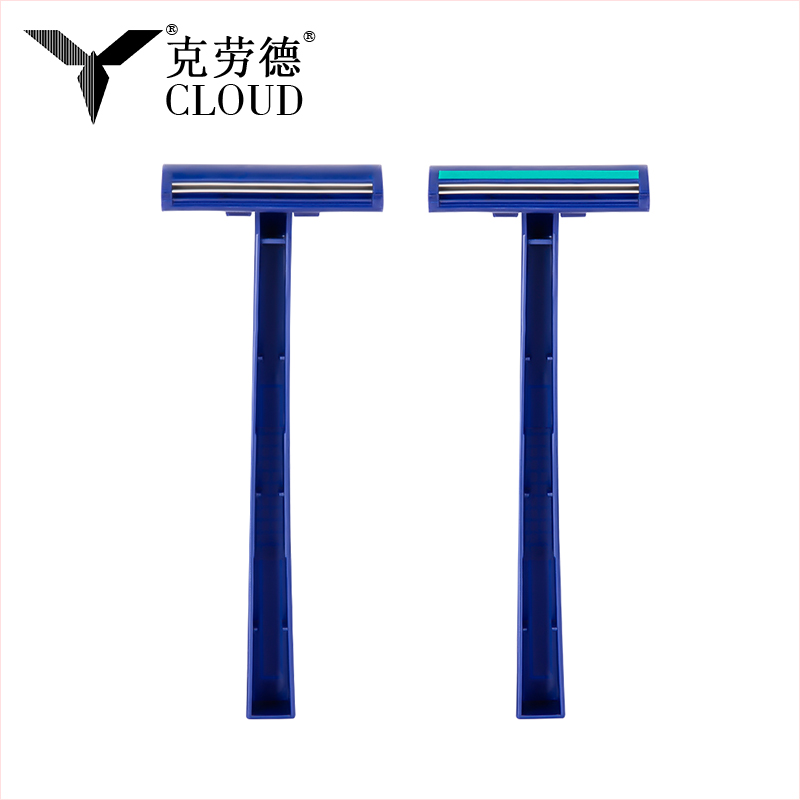
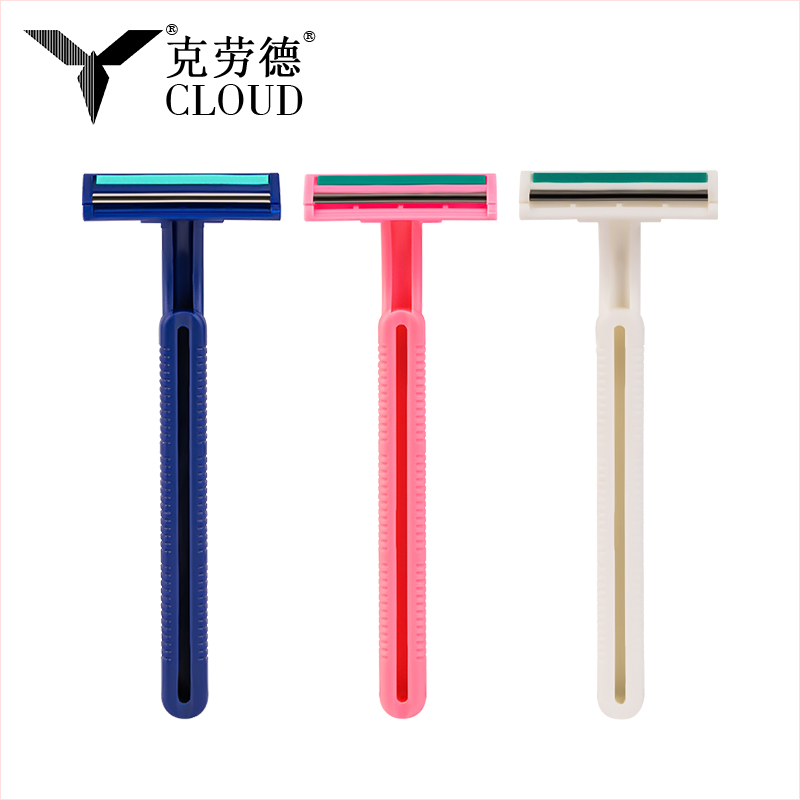
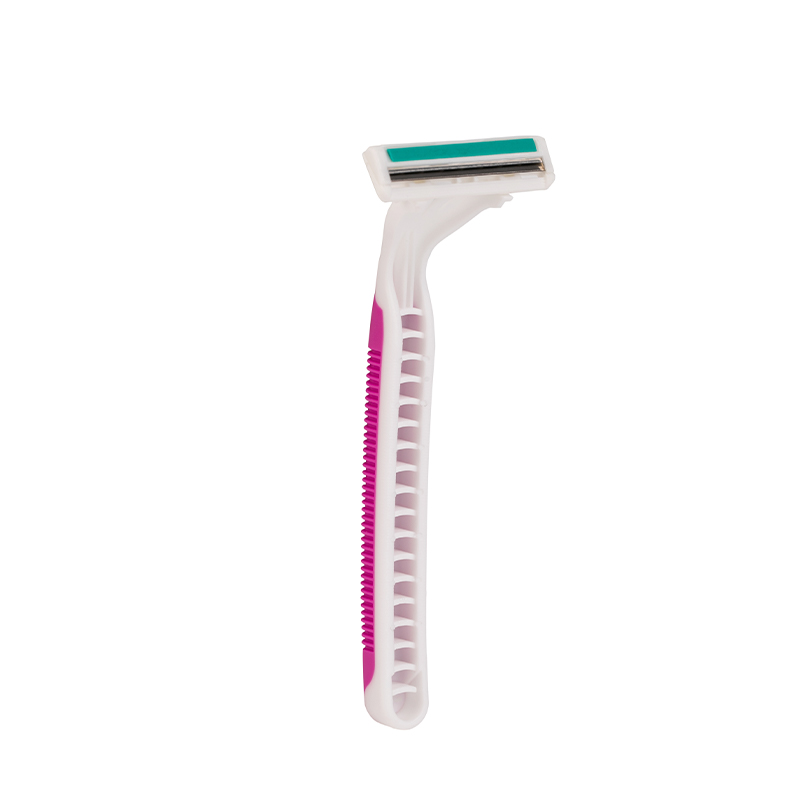
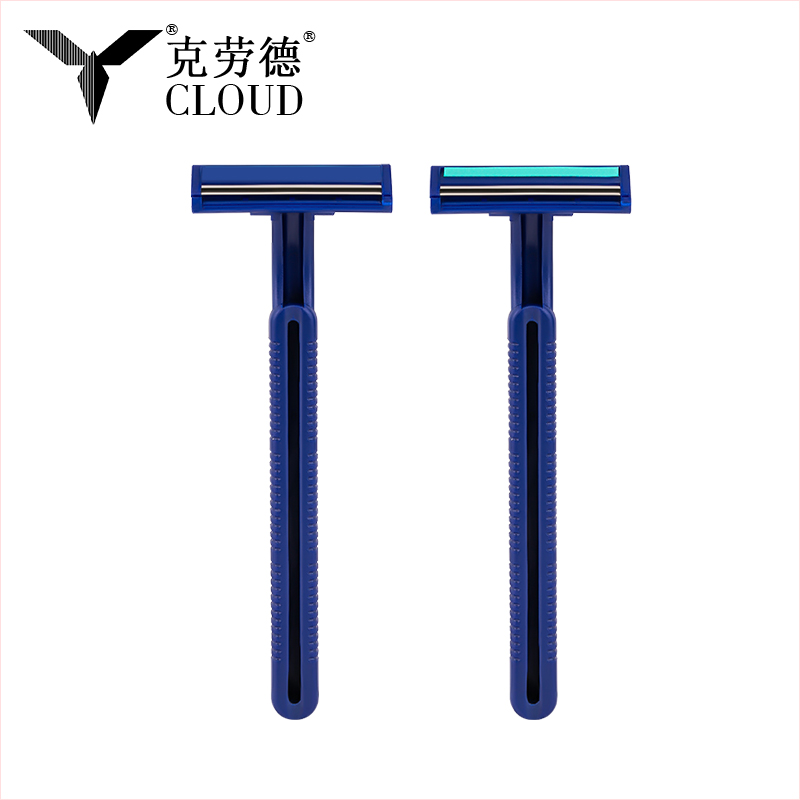




 +86-400 9915 887
+86-400 9915 887  +86-021-57644936
+86-021-57644936 
 No. 2066, Yushu Road, Songjiang District, Shanghai, China
No. 2066, Yushu Road, Songjiang District, Shanghai, China  Home
Home
